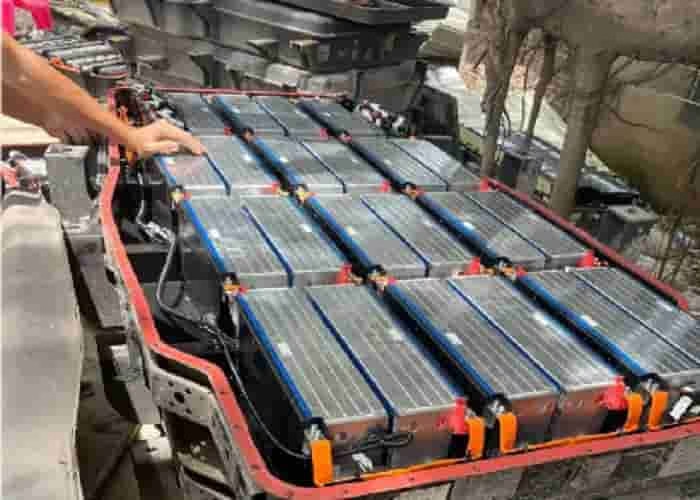I want to buy a new energy vehicle, but I heard that the battery will not work after a few years. Is this true?
This is the biggest concern of many people who want to buy new energy vehicles, especially pure electric vehicles. In fact, it is too much. Let’s use data to speak. First of all, the mainstream electric vehicles currently basically use ternary lithium batteries. As long as the more reliable cars use ternary lithium batteries, its charging and discharging life can reach about 1500-2000 times. Assuming that you charge three times a week, we calculate it based on the minimum life of 1500 times. A rough calculation shows that it is at least more than ten years.
In addition, the battery charging and discharging life is actually calculated based on a complete charging and discharging, that is, charging from completely empty to fully charged, which is called a cycle, and our daily charging and discharging are basically charged and used in the middle, and we will not wait until it is completely empty; so you don’t actually consume a cycle when you charge once. So we can change the calculation method: the new electric cars in the past two years, as long as the battery is not too small, can at least run more than 400 kilometers, that is to say, a complete charge and discharge cycle can run more than 400 kilometers, then 1500 times, theoretically, can’t it reach 600,000 kilometers! Although this is only a theoretical value, in fact, even if you discount it, it is quite impressive. I guess not many people’s cars can run hundreds of thousands of kilometers?
So, you don’t have to worry too much about the battery life of electric cars; some people may ask, there are also lithium iron phosphate batteries? Currently, lithium iron phosphate batteries are mostly used in plug-in hybrid vehicles. Although they are charged and discharged more frequently because of the small battery, the charge and discharge life of lithium iron phosphate batteries is also higher, which can reach about 2500 charge and discharge cycles, so don’t worry. Of course, since it is a lithium battery, you will inevitably have some wear and tear after using it for a long time. But it is basically within your acceptable range. Take myself as an example. Our work car is a pure electric Avita 11. I have been driving it for half a year and have run more than 22,000 kilometers. I also bought a Zhiji L7 at the beginning of the year before last. It is also a pure electric car. My colleague is currently driving it. It has been two years and has almost 20,000 kilometers. There is no obvious endurance degradation in these two cars. My earliest new energy car is my Volvo XC60T8 plug-in hybrid. The audience of Snail Car Journal is very familiar with it. I bought it in September 2019. It has been 5 and a half years and has run more than 80,000 kilometers. When the car was new, the pure electric range displayed on the meter was 40 kilometers. Now it is 37 kilometers. You can refer to it.
Finally, many people have been leaving messages asking what to pay attention to when buying an electric car and how to make the battery more durable. In fact, the current battery management system is already very complete. What to do at low temperatures and overheating will automatically have a processing mechanism. Car owners really don’t have to worry too much about this. Based on my experience of using the car, I would like to pay attention to two points: one is to use AC slow charging as much as possible, and don’t always use DC fast charging, especially those ultra-fast charging with large current; in addition, try to charge and discharge shallowly, and don’t wait until the power is exhausted before charging. You don’t have to fully charge it every time, just charge it to about 80%-85%, which is good for the battery and saves the most charging time.
New energy vehicles become useless after just a few years of use?
















Leave a Reply